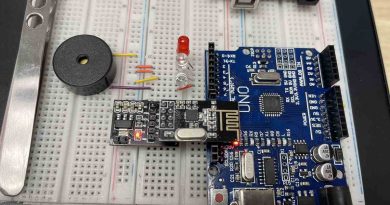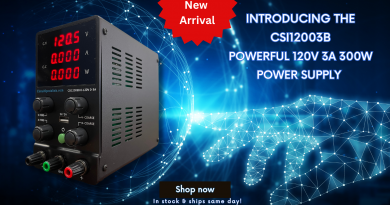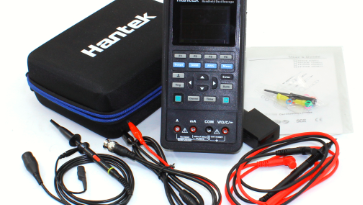How to Observe Audio with an Oscilloscope
You can use an oscilloscope to view audio signals from an MP3 player or a radio. The oscilloscope will display the intricate wave shapes and frequencies of sounds including speech and music. You can listen to the audio signal while simultaneously viewing it by using a “Y” adapter cable. The “Y” adapter should have one mini stereo plug and two mini jacks. It is easy to observe audio with an oscilloscope if you are already familiar with oscilloscope operation.
For this exercise you will need an oscilloscope, MP3 player or radio, “Y” adapter, mini phone plug cable (with mini plugs at each end), and headphones or earbuds. Start by turning on the oscilloscope. Set the horizontal sweep speed to one millisecond per division, set the vertical input control to one volt per division, and set the input coupling to alternating current.
If you periodically change the sweep speed of the oscilloscope you can view the waves at different frequencies. If the waves appear too small or large on the display of the oscilloscope, adjust music player’s volume control or the oscilloscope’s vertical input control.
Plug the “Y” adapter into the earphone jack on the music player or radio, plug the headphones or earbuds into one of the “Y” adapter’s jacks, and plug the mini phone cable into the other jack on the “Y” adapter. Find a track or station to listen to on your music player or radio and put on the headphones or earbuds.
If you look at the mini phone plug cable’s unconnected end you will notice it consists of three metal areas separated by black insulation rings. Clip the input probe of the oscilloscope to the mini phone plug’s tip and then connect the oscilloscope probe’s grounding clip to the section of the metal plug closest to the base. You should now be able to see the sound waves from the music player or radio displayed on the screen of the oscilloscope. Adjust the oscilloscope’s sweep speed to view waves at different frequencies.


